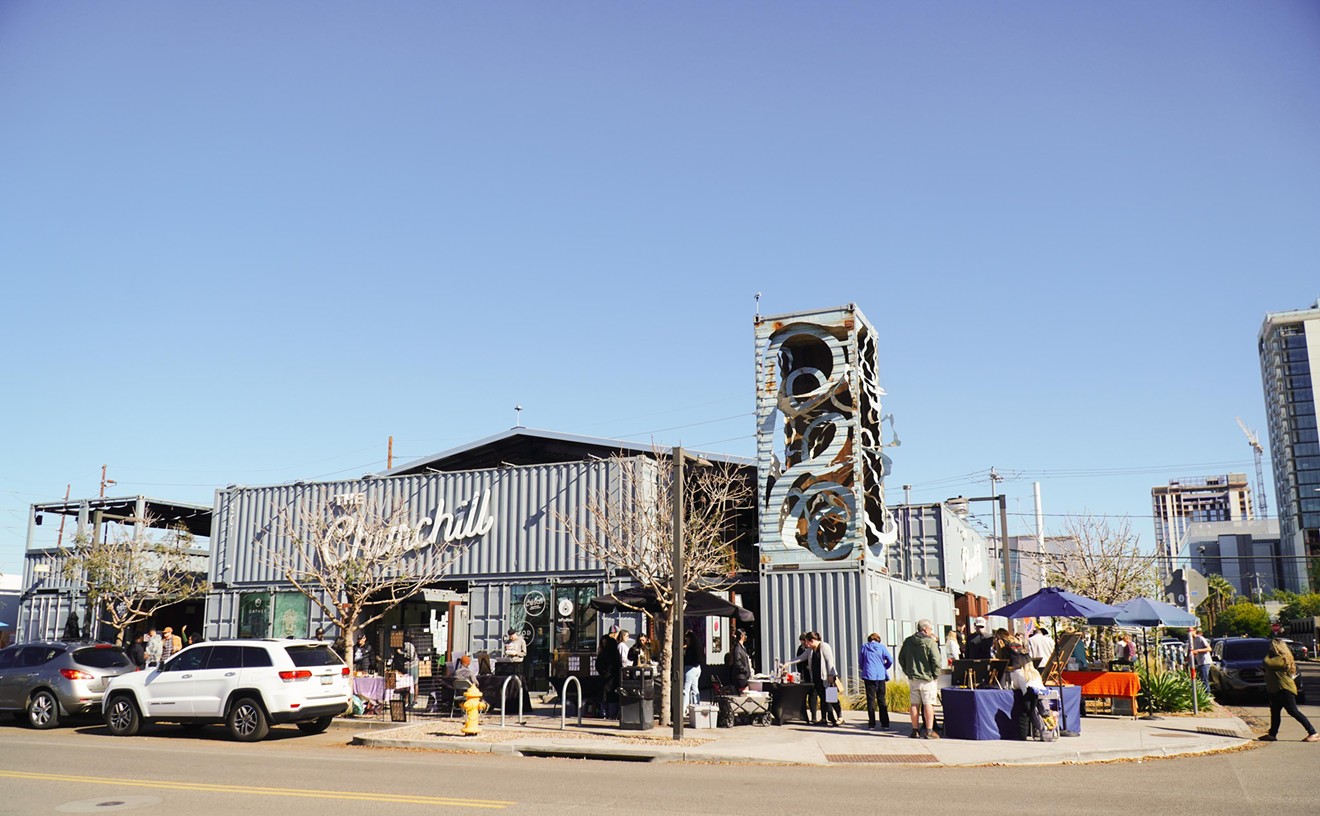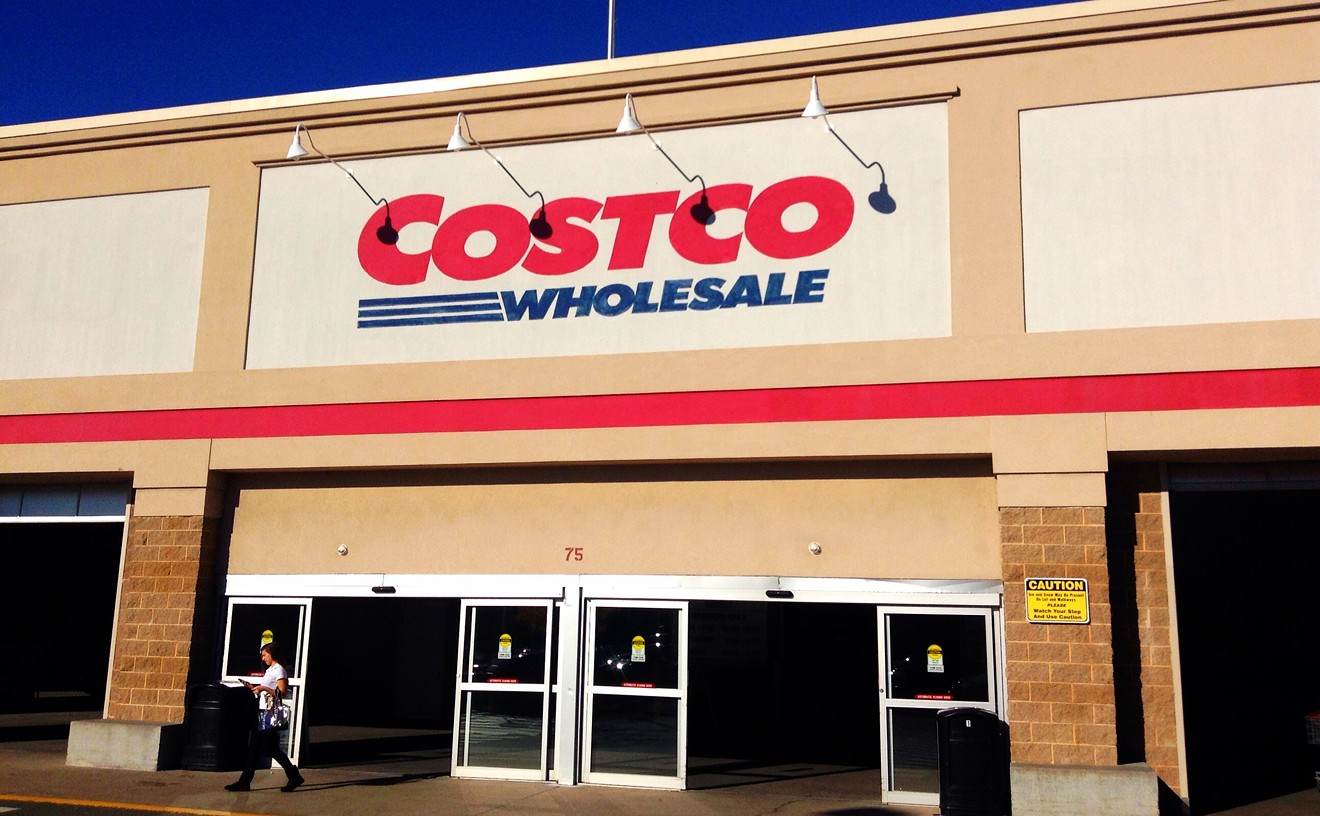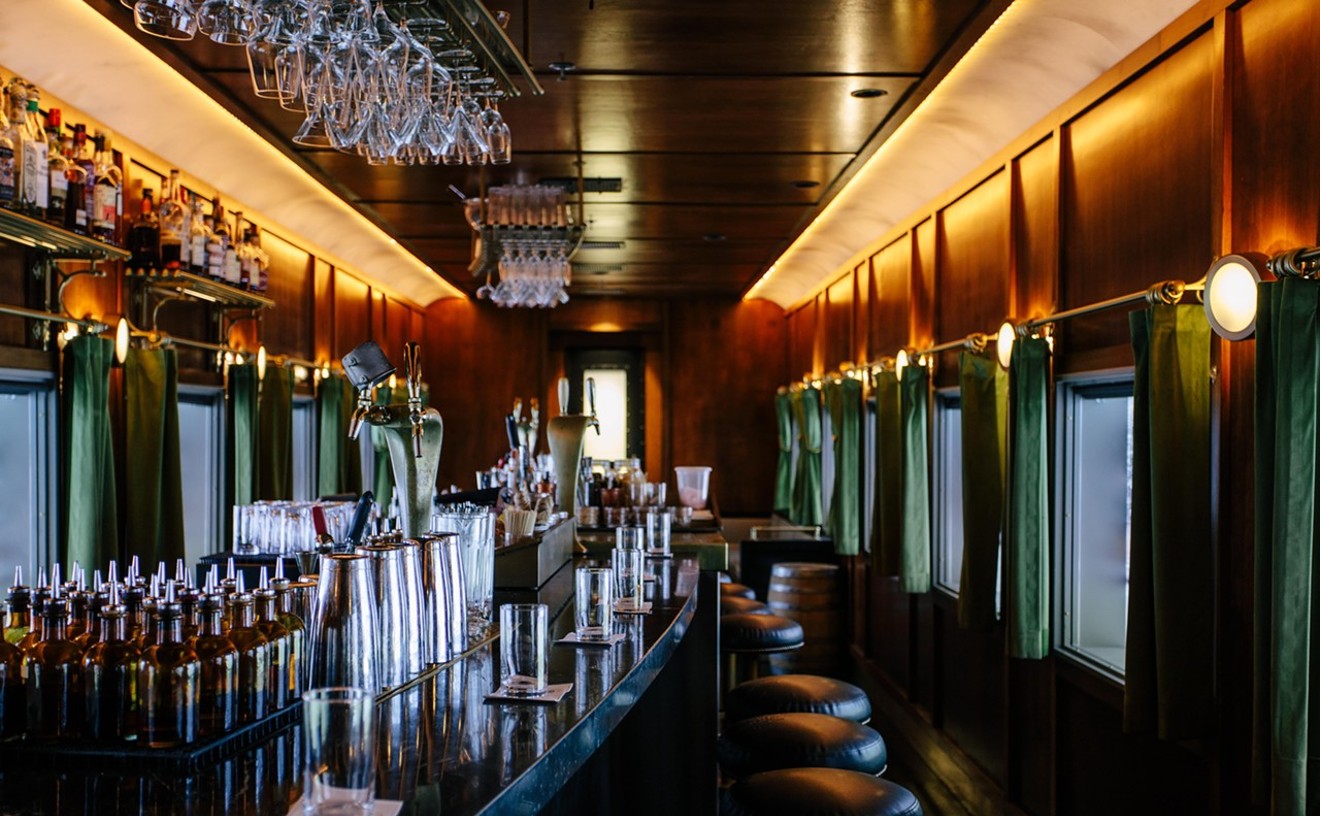You may want to put down your sugary beverage of choice before reading further.
According to a study out of the University of Southern California, looking at pictures of delicious things does in fact cause you to crave delicious things. In other news: the sky is blue, water's wet and air is mostly transparent. While the basic idea might not be new, these USC scientists have reportedly demonstrate that looking at food porn doesn't just make you hungry, it makes you hungrier for things that are bad for you.
So why did we ask you to unhand your tasty beverage of choice? Because the study also says that consuming a sugary drink while looking at food porn only makes the matter worse. By the way, have you seen our new slideshow of our ten favorite cold foods in Phoenix?
For this study, researchers selected 13 obese Hispanic women between the ages of 15 and 25. They loaded up into an MRI machine and shown three categories of pictures: High-fat foods like hamburgers, low-fat foods like vegetables, and non-food items. Afterwards, they were asked to rate both their overall hunger and their desire for sweet or savory foods.
These tests were repeated after they had consumed glucose and after they had consumed fructose. Regular table sugar is a combination of the two sugars and, as the name implies, high-fructose corn syrup is a combination of the two composed primarily of fructose. The sugary part of the test was conducted double-blind which means that neither the participants or the researchers knew who was getting what until after the test was over. The researchers then used the non-food brain scans as a baseline against which they compared the other scans against.
In the end they discovered that looking at images of high-calorie food activated parts of the brain that correspond with feelings of hunger and desire, desire specifically for high-calorie foods. What's more their data suggests that fructose may increase those desires more than it's closely related chemical friend, glucose.










